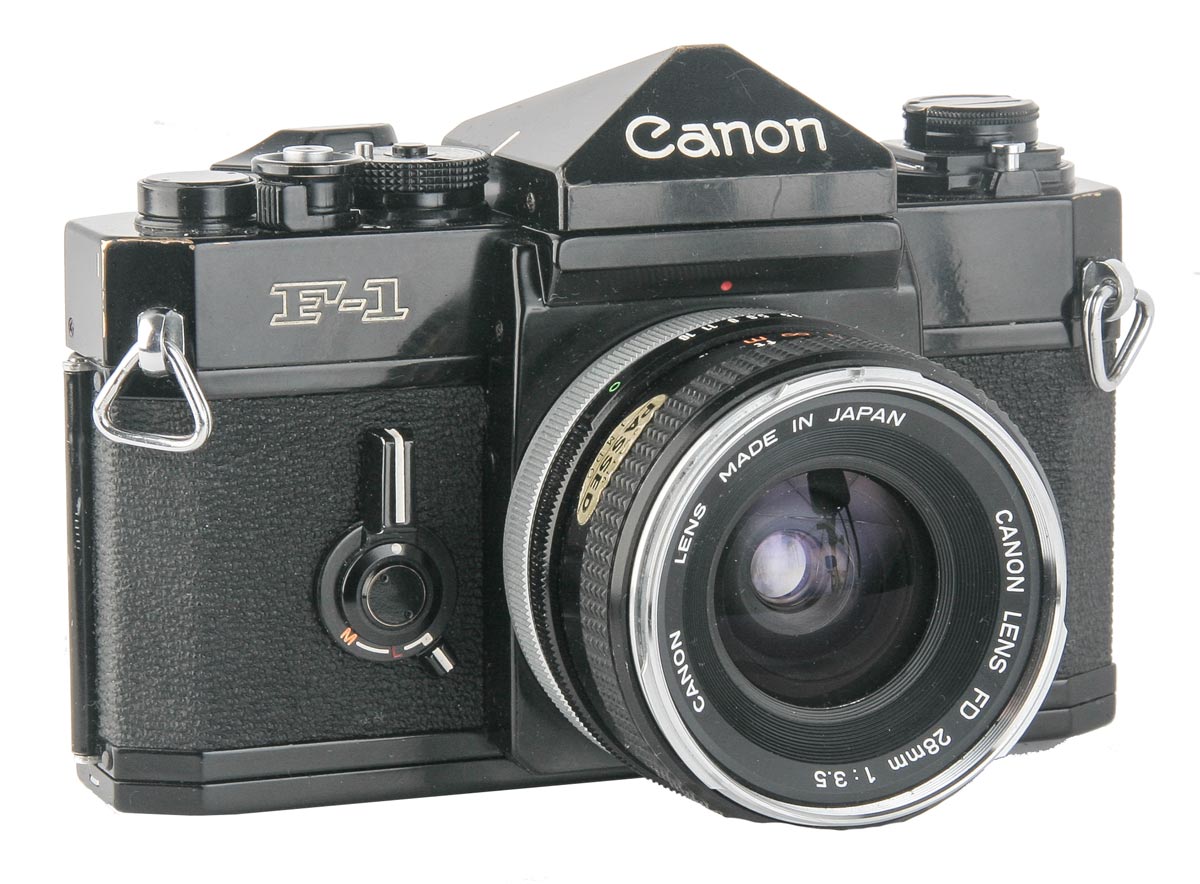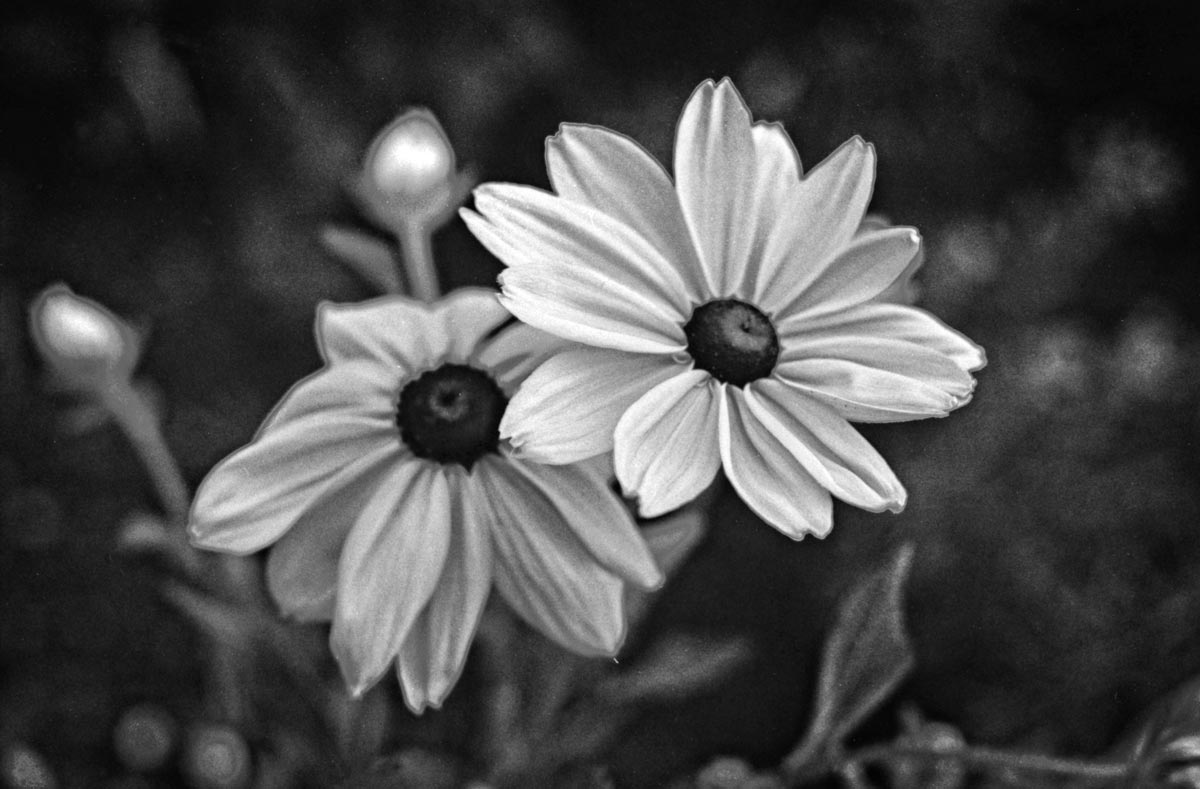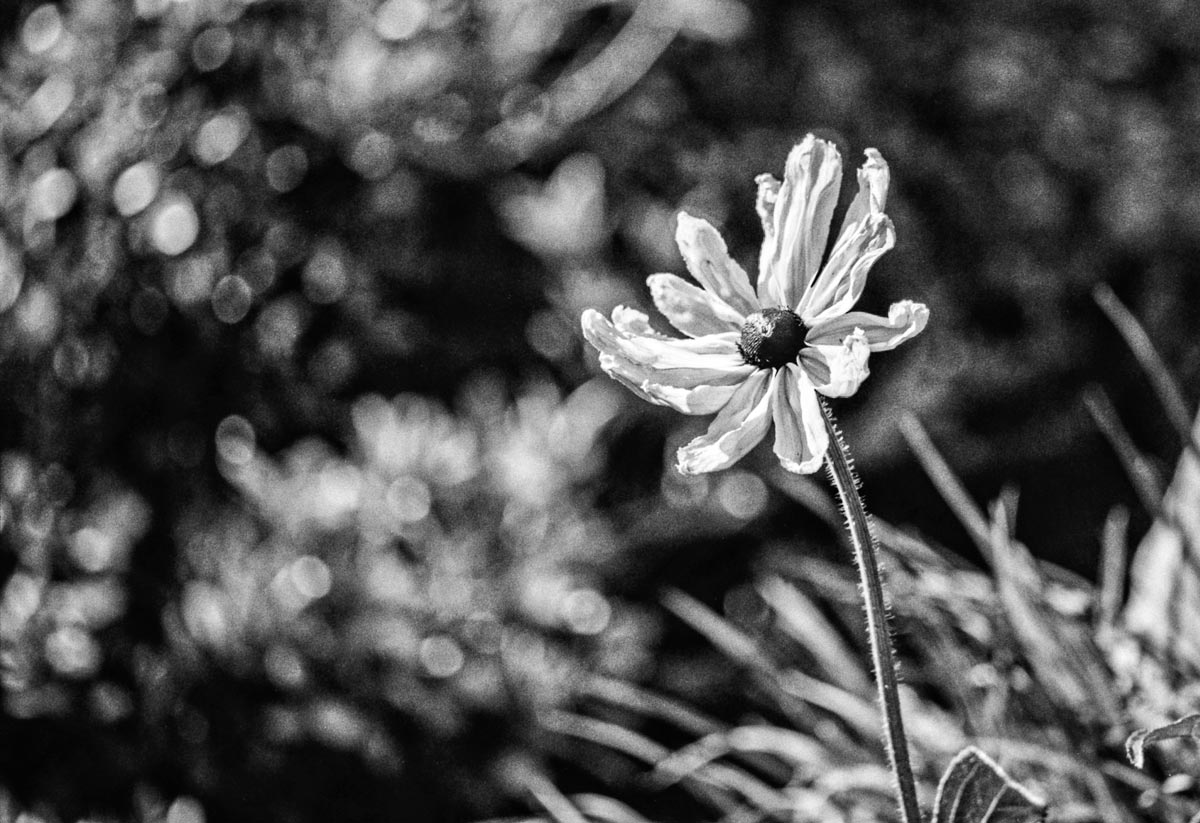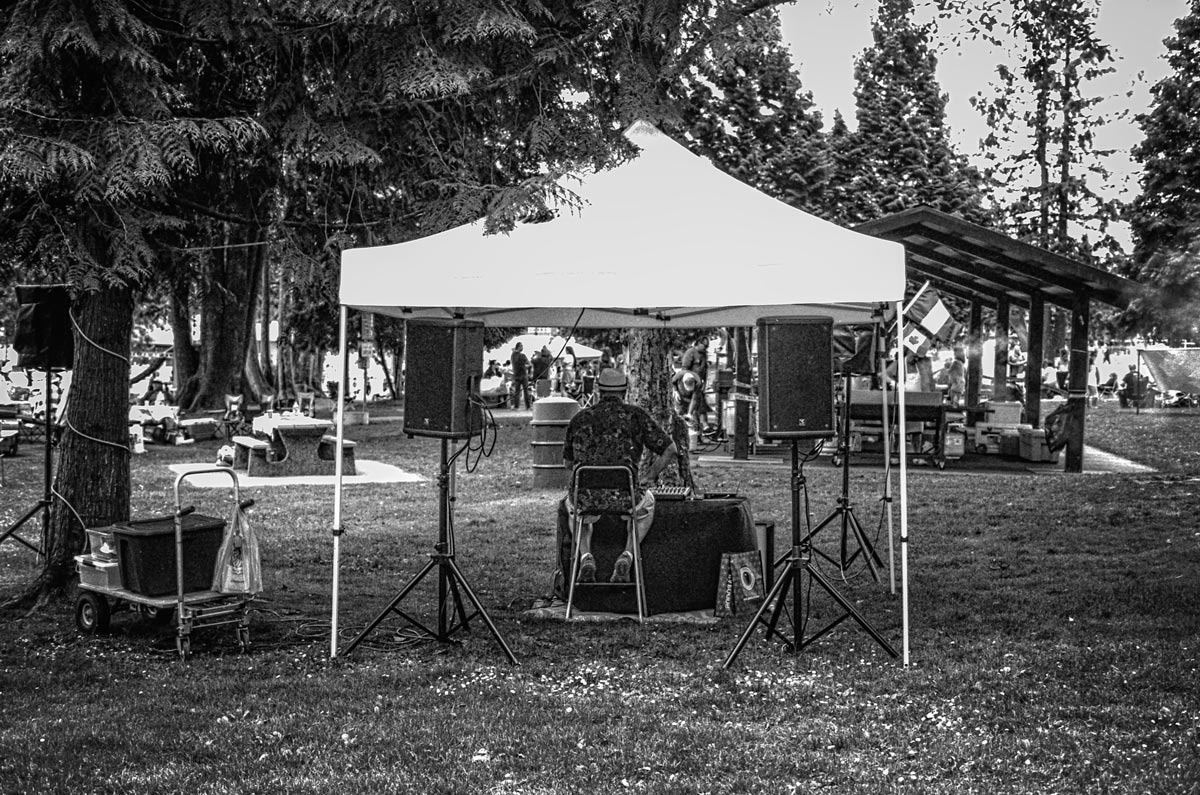In keeping with my desire to shoot my old cameras I chose my F-1n, the modified version of the original F-1, as my next subject. This camera is not exactly collector grade, it’s a little beat up, but it appears to function well. Having used it in this little test I will return to it often as it is very pleasant to use.
This is a heavy camera and certainly brings to mind the phrase “built like a tank”. The shutter makes quite a bang when it goes off. The actual shutter release suffers from “trigger creep” meaning that the release is not crisp: you can feel the release sliding towards the release point. This probably introduces movement when the shutter finally fires. It would be better if it were a sharp light release.
With my old eyes ground glass focusing can be a problem. In this camera, however, the split image in the ground glass center makes focusing easy. I really like, no …., I really need this feature.
This is my F-1n that I used on this photo shoot. It has a bit of brassing showing and the eye level finder shows a few dings but otherwise it’s sound. And it certainly won me over during my several outings with it.
I started out by reading the instruction manual, which you can find here. There are no real surprises in it. This is a very advanced manual camera. In its day, just before auto exposure, this was considered to be the top of the line in professional cameras..
The F-1 uses a 1.35 volt mercury cell but these are now unavailable because they pollute the environment with mercury. So I used a 625G alkaline battery which outputs 1.55 volts. I did not adjust for this increased voltage because I also wanted to see what the effect of this would be. You can read about how I solved “the mercury cell problem” here.
I loaded the camera with a fresh roll of Ilford Delta 100 professional film, mounted an FD 50mm f/1.4 lens and I was off.
I love my wife’s garden. It is an endless source of images and imagination. You can find pictures that are a kaleidoscope of color and some that are all pattern, shape and form which are perfect for black and white.
Log booms on the Fraser River below the Knight Street Bridge. I am shooting into the sun and the clouds are here and there giving a dramatic sky. I think this would have been much sperior with a red filter. I remember years ago using a red filter often and it gave very dramatic skies.
This is a great camera. The view finder screen is bright with a split image rangefinder in the center. The light meter is a match needle style on the right edge of the screen. This camera does not have an automatic feature and so the green auto setting on the FD lens does not work.
I have to admit that I have been using digital too long. I am having trouble remembering to wind the film, then focus, then play match the needle in the viewfinder. And you have to do this almost automatically. I remember the old days when all I used was this type of camera. I don’t remember any problem keeping this all straight. But I’m sure having a problem now!
I’m afraid the pictures I took fall far short of “art” but they serve their purpose. And they have a claim to fame: I developed the film myself. It’s the first time since about 1975 that I’ve done that. I went on E-bay and bought the same developing tank I used to have so it was a bit of a trip down memory lane.
Because I expected that the camera might be over estimating the amount of light available I increased the developing time. The negatives were good but they were still a little under exposed. But now that I have figured out how to replace the mercury cells with zinc-air cells I hope this problem will go away.
I intend to use this camera again. It has a huge array of adaptors and attachments available and of course I have many FD lenses to try out.
My son-in-law Joe is a DJ and here he is playing Italian music for the Abbruzesse Picnic in Confederation Park in Burnaby. Even though the negative is a little under exposed you can see the depth of tonal range from bright areas, to shade to under the tent awning that film gives you. The tent and other white areas seem blown out but there was detail there I could have brought out. To much to do and too little time!







